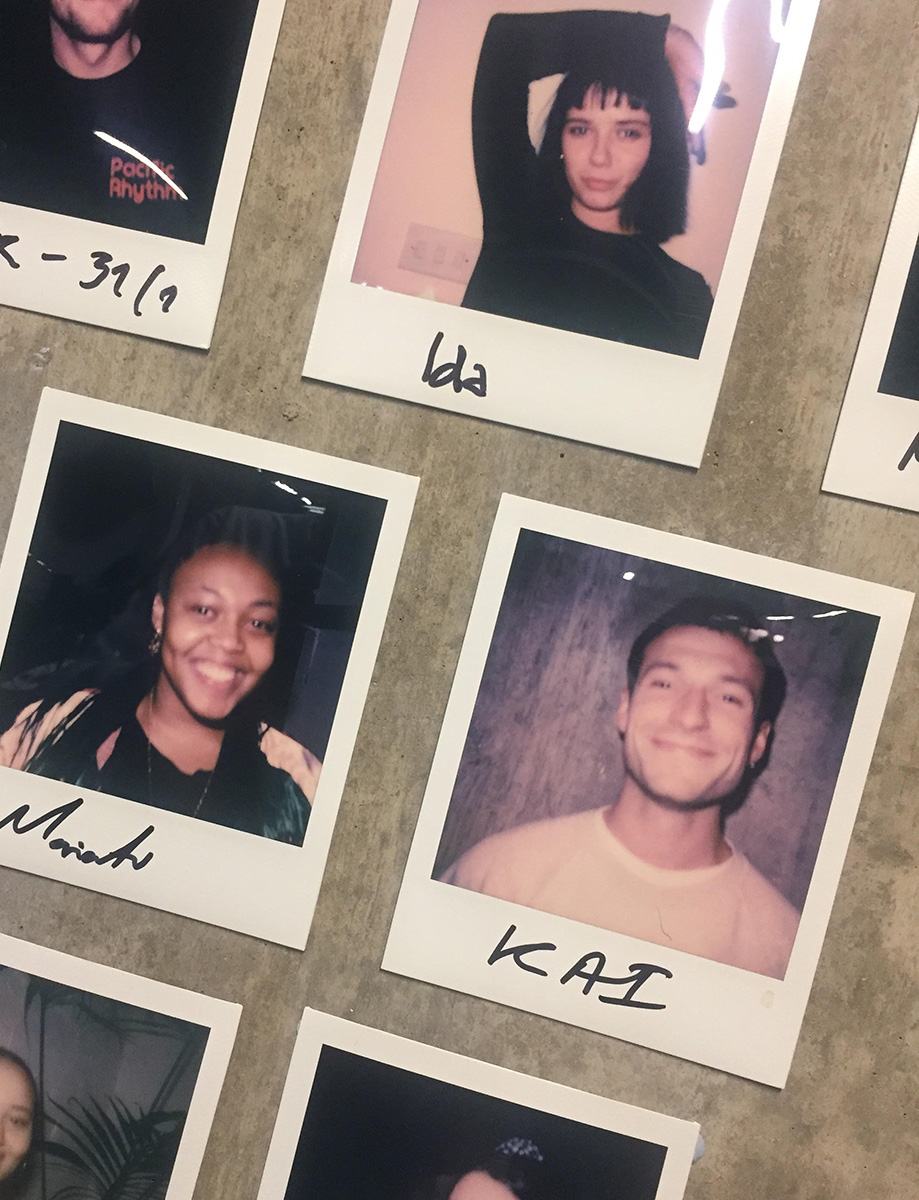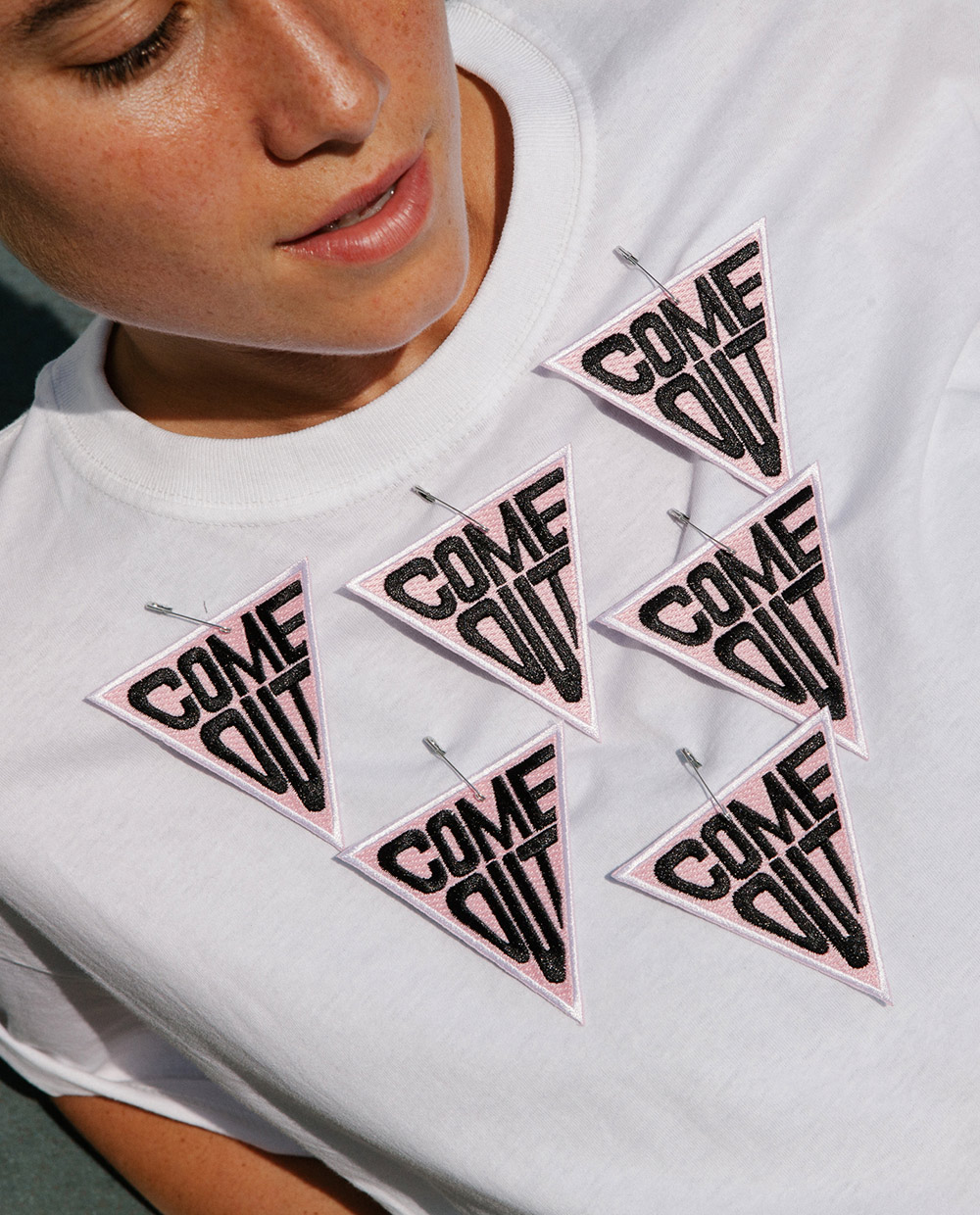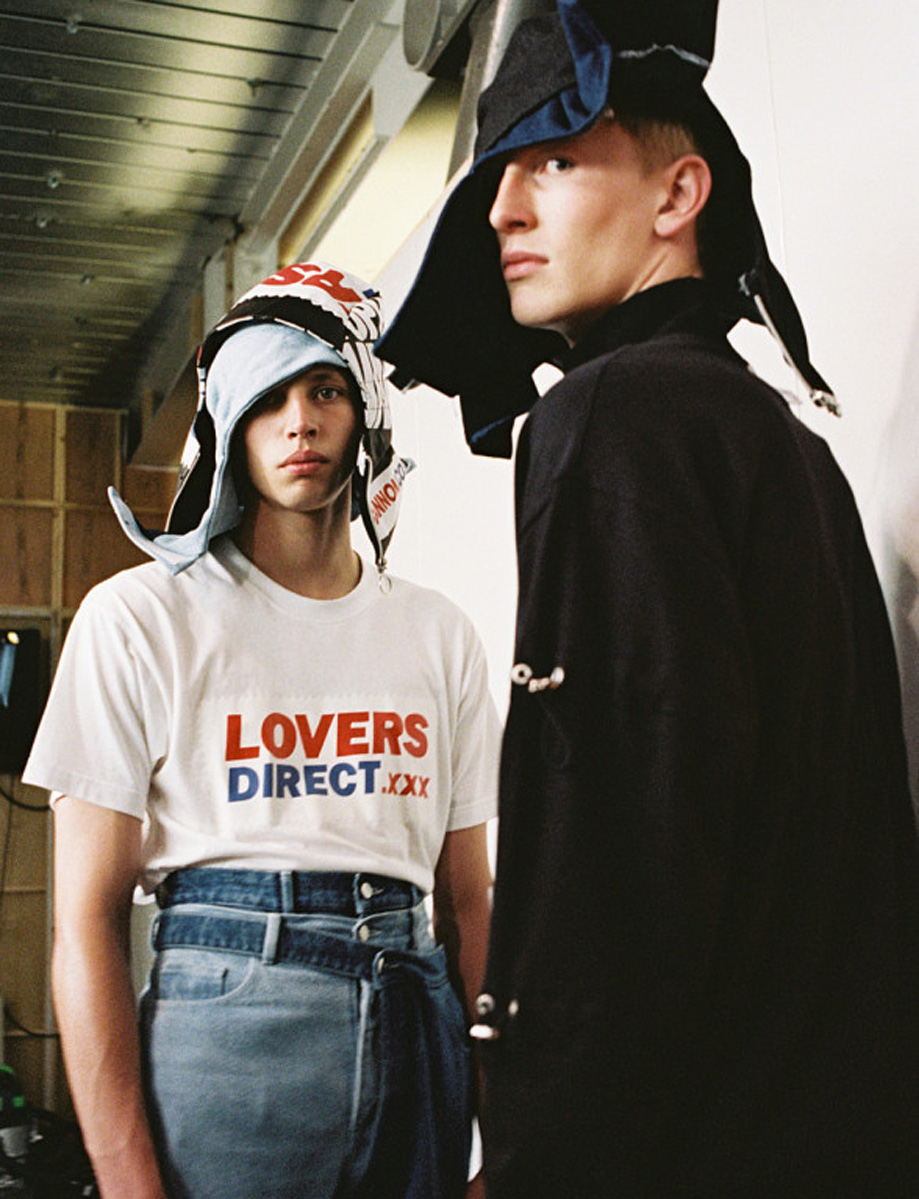Gone are the days when illustrators and designers trudged from door to door, heavy portfolio in hand, to try and secure their next client. Now all you need is a phone and an Instagram account and you’re ready to share your work with the world. Social media has become an increasingly integral part of creatives’ lives, offering a place to show projects as well as build your profile and, potentially, land your next commission. But how important is it when it comes to a creative career?
A Clear Strategy
For artist and writer Alison Rachel, who runs Recipes for Self Love, social media has completely changed her life. She started the account while going through a career change from advertising, using it to share an illustration every day. Things quickly blew up, and now Alison has almost 600k followers. She modestly attributes this to being in the right place at the right time – as well as featuring in the likes of Teen Vogue, Glamour and some other mags – but she’s definitely doing something right, having recently landed a book deal, as well as partnerships with Netflix, New Balance and Nike.

So how did she do it? As Alison suggests, there is naturally an element of luck, but the artist and writer also has a clear posting strategy that goes some way to explaining her account’s rapid traction.
“Consistency, good quality, and all the hashtags,” she says. “But consistency is key. I think the reason my platform grew at the rate it did was that I was posting every single day at the same time of day – checking where my audience was, checking peak traffic hours, and every day posting something new, engaging and of quality.”
Consistency is key

“It’s the same kind of analytical work you do when releasing any kind of product into the market,” she adds. “Thinking strategically about who you’re talking to, why it matters, and what your intentions are. Audiences are really sophisticated nowadays, and especially young audiences on social media. We understand stuff inherently. It’s very easy for us to connect and enjoy something authentic, but we can also tell when something isn’t – and it’s a bit of a turn-off.”
Content That Isn’t Just Instant Gratification
If all that sounds a bit intimidating, bear in mind there are other ways to approach social media. Filmmaker Anna Ginsburg describes herself as “infamously bad at Instagram,” yet has still managed to amass over 18k followers on the platform – popularity that she attributes, in part at least, to the many IRL talks she gives.
Anna is also proof that people browsing social media don’t just want quick wins. After posting her nearly three-minute film What Is Beauty on Instagram, in full, she found she was surprised by how many people watched the whole thing.
“It shows there is still a desire for content that isn’t just instant gratification, that goes a bit deeper, even on a platform that’s built to be more compressed and easily consumable,” she says. “The fact that all the longer videos that I’ve released on Instagram have done way better than throwaway posts gives me hope in terms of how humans still absorb content.”
Finding What You’re Comfortable With
Having a strong social media presence is something brands and agencies are more and more interested in when it comes to commissioning artists and designers. Though some people might find that these platforms are key to winning new projects, others might feel uncomfortable with the idea of being judged on their social media persona, rather than ability. For Anna, it’s all about finding what you’re comfortable with and using it to that extent. There isn’t one format for every person, she says, and social media isn’t the only place to experience the big wins.
Audiences are really sophisticated nowadays
“As much as your status on social media is increasingly important, I think the real defining moments of my career have either come after a panel, a talk, or through someone who’s watched all my films through Vimeo and wanted to commission something,” she says.
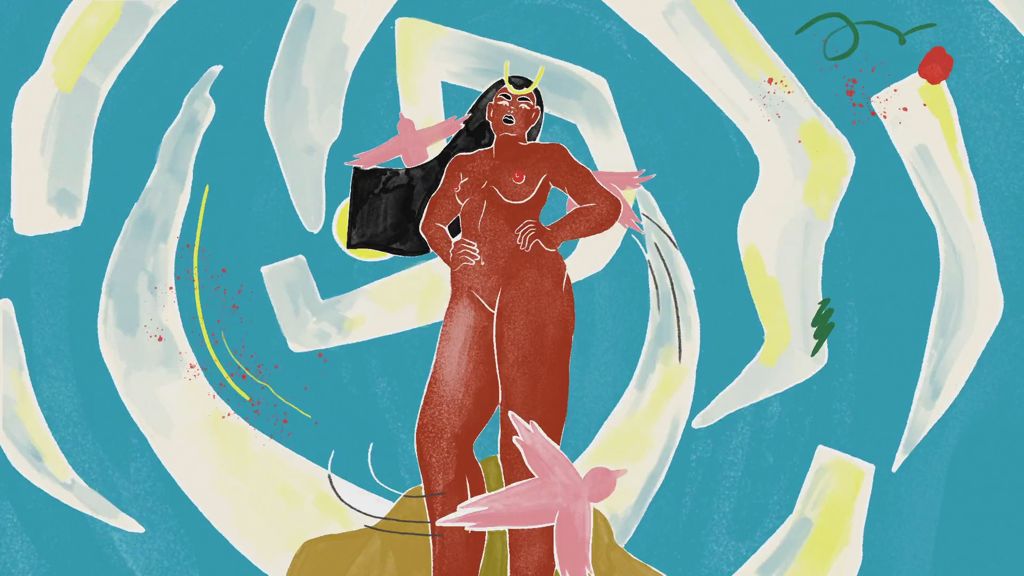
If you’re struggling with what kind of content you should be posting, it’s also worth thinking of social media not just as a way to showcase your work (and life), but as a tool for building community. Part of this, then, is using your platform as a means to foster a genuine connection with your audience. “I think the key to building any community is to give away as much insight, as candidly as possible,” says Everpress Head of Marketing Michael Wilkin. “Be generous with access and content, and you’ll find that you build a genuine community behind you. In a world where everything is perfectly manicured, people are actively seeking those who can show genuine creative vulnerability.”
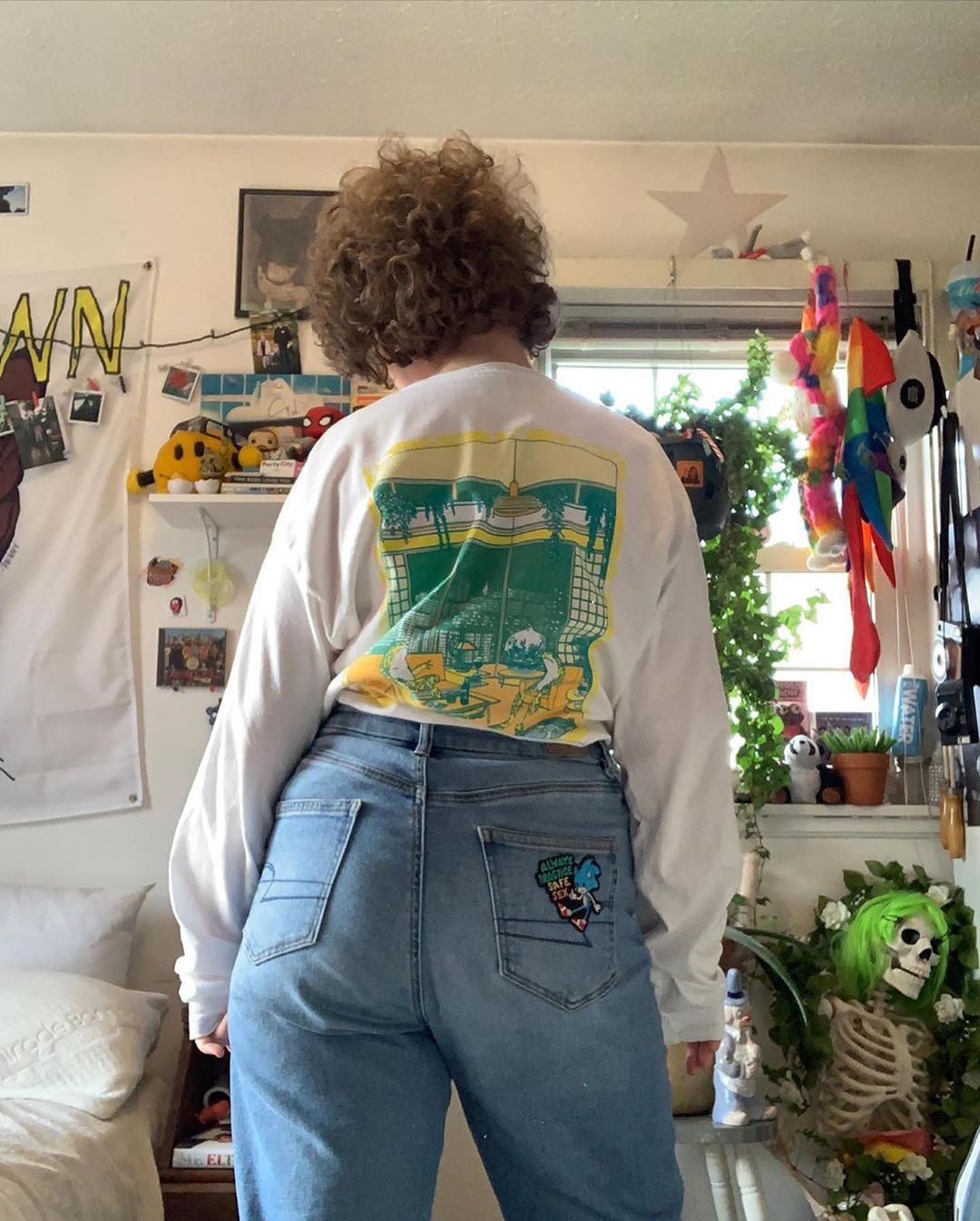
Scrolling Mindfully
If the worry of what and when to post isn’t enough, artists and designers also have to contend with the creeping insecurity social media creates in us all.
“In the past, I wouldn’t have had a thousand creative people that I follow, that I’m constantly scrolling through,” says Anna. “There’s this paralysis you feel, when it seems like everyone’s producing amazing work, and everything you’ve ever wanted to make has been done already. I can feel that in young people, and it can have a devastating effect on your creative spark and the mysterious thing that makes you want to make something.”
Alison is aware of this too and agrees that the platforms we rely on can negatively impact self-esteem, mental health, and productivity. “It’s so complex,” she says. “Instagram algorithms, for example, favour particular kinds of aesthetics, so if you’re not on some kind of trend kick, then you’re not going to get the same kind of exposure as someone who’s doing something that’s maybe not as original. It’s not always an accurate representation. It’s not something you should trust too much – the success and popularity of someone’s Instagram account. But it’s easy to do that.”
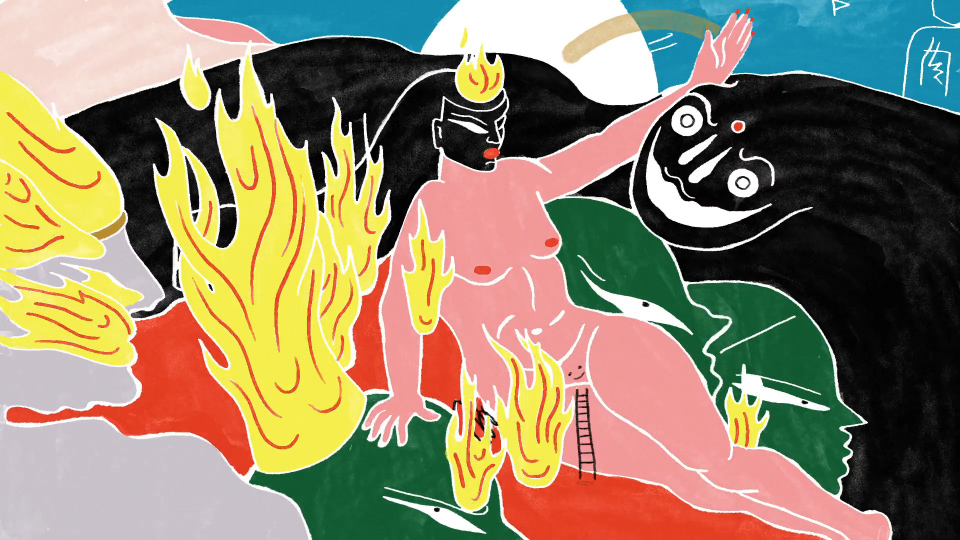
There’s also the matter of curation. Bear in mind that one of the strengths of social media is that you choose who to follow, meaning you can create the kind of daily feed that will enhance your work, not make you feel overwhelmed. “I keep coming back to the idea of vulnerability,” says Michael. “I’m a firm believer that 2020 will be about understanding that no-one really has it totally figured out, especially not influencers, or perfectly curated brands, and that that’s okay.”
Interactions can be a vital sounding board or feedback loop
“These interactions can become a really important sounding board or feedback loop for your own life,” he adds. “This feedback loop can exist to your detriment, of course, so it’s up to you to curate your time to make sure you’re finding more support and connection than anything else.”
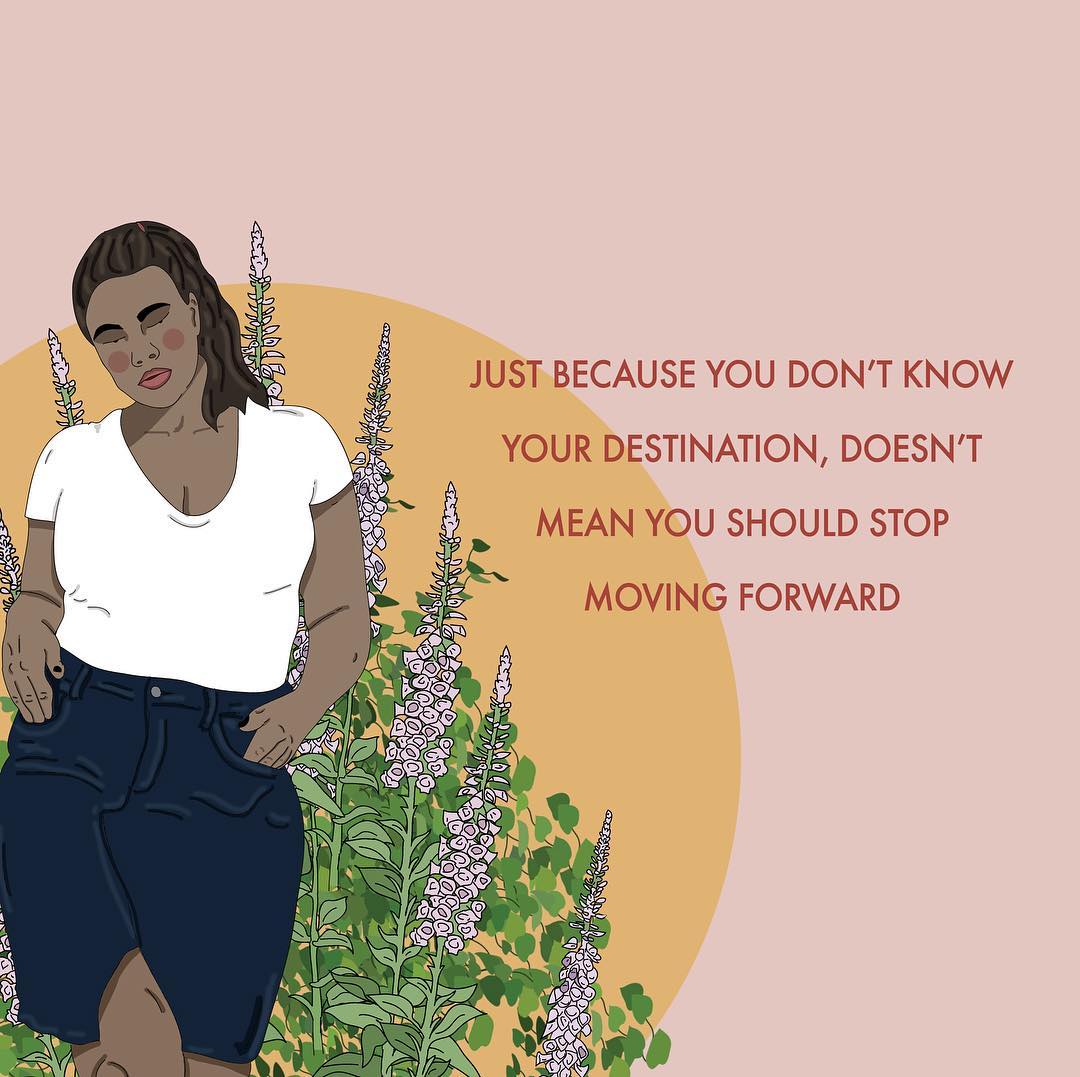
Take Breathers Too
Alison also tries not to get bogged down in the scroll, and says her attitude changed after her Instagram account was hacked a year ago. She unfollowed everyone, meaning there was little to keep her on the app, and started a new approach of posting what she needed, and then leaving. She admits to being lured back in since, but says she’s still trying not to stare at a screen for hours a day.
There’s no easy answer, and it’s hard to remember that everything we see on social media is the most carefully crafted version of someone else’s life. Anna, who often works with students, suggests creatives take a breather from all the background noise. Instead of scrolling, print something out, or make a blog of inspiration, but then leave it behind. She’s also found some respite – as has Rachel – in going back to making things by hand again, and not worrying about having to share them online.

Creativity Democratised
It’s a complex relationship, and there’s no one-size-fits-all answer. For some, Alison’s strategic approach might be best, while others may find the pressure of feeding the content machine too much. So much of social media success is about understanding what feels right for you as an individual, and working with that.
20 years ago producing my own film would have been impossible
And when it all seems too much, it’s helpful to remember just how much social media has democratised creativity.
“Even 20 years ago, if I was trying to be a young, female director producing their own film, at this age, it would have been impossible,” says Anna. “I would have had to shadow a man in Soho in animation for ten years, before even getting to start storyboarding. What would I have done to get clients? Run around central London with leaflets? The power of the internet, in terms of giving me control over my career, is incredible, and never underestimate that.”
For more advice, check out our ‘How To” series, starting with How To Know It’s Time To Get A Studio.



